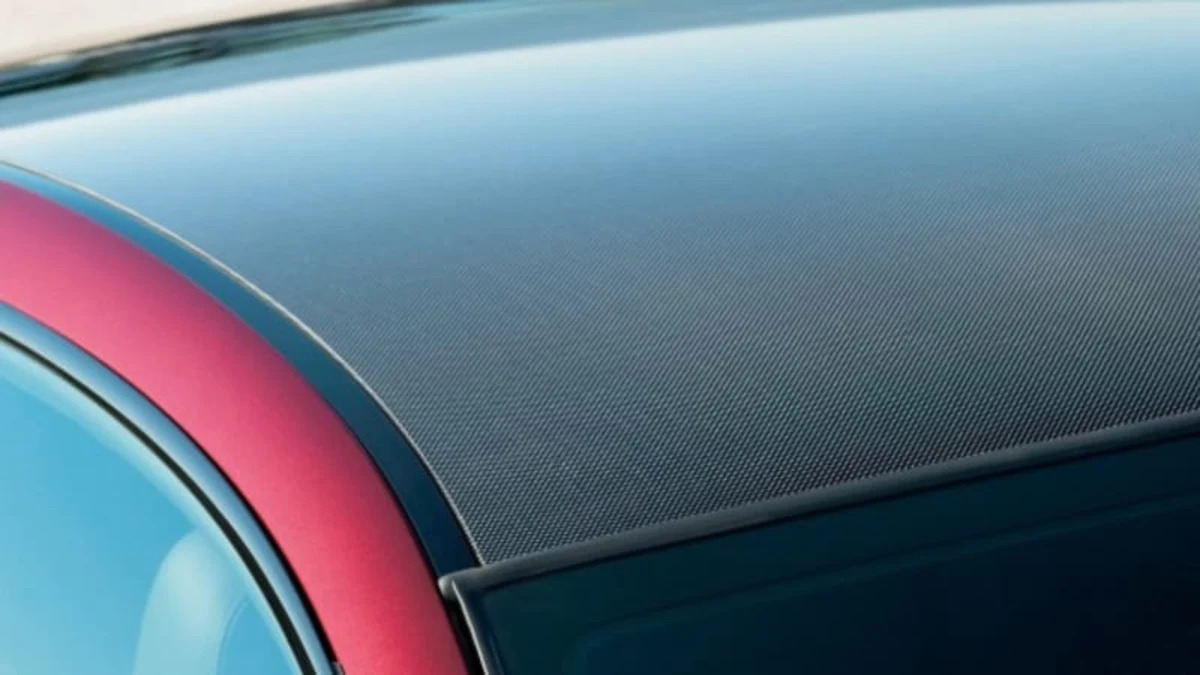BMW and Mercedes are leading the way in using carbon fiber to reduce weight in future passenger vehicles. Losing pounds can also be key to meet upcoming CAFE regulations and can also help increase the range electric vehicles can travel. The shift towards carbon fiber will probably become more widespread throughout the automotive industry as companies realize the weight-saving benefits of this product versus steel. Though carbon fiber is touted for its low weight, a new report by Toyota and reported in Ward's Auto (sub. req.) suggests that this material has some downsides that make it a questionable choice for going green.
Many automakers now use lightweight alloys like aluminum and magnesium wherever possible, but carbon fiber is one of the lightest, strongest products available. This is precisely why BMW has chosen to outfit its 2013 Megacity electric vehicle with a carbon body. The steel industry, unsurprisingly, believes that better options exists and wants people to question whether steel or carbon fiber is the greener material? It's not an easy question to answer because each product has separate benefits. The Toyota study concluded that carbon-fiber production creates more CO2 per pound than any other automotive material in use today. This begs the question, just how "green" is carbon fiber and is it really the right solution for reducing vehicle weight?
[Source: Ward's Auto – sub. req.]
Many automakers now use lightweight alloys like aluminum and magnesium wherever possible, but carbon fiber is one of the lightest, strongest products available. This is precisely why BMW has chosen to outfit its 2013 Megacity electric vehicle with a carbon body. The steel industry, unsurprisingly, believes that better options exists and wants people to question whether steel or carbon fiber is the greener material? It's not an easy question to answer because each product has separate benefits. The Toyota study concluded that carbon-fiber production creates more CO2 per pound than any other automotive material in use today. This begs the question, just how "green" is carbon fiber and is it really the right solution for reducing vehicle weight?
[Source: Ward's Auto – sub. req.]


Sign in to post
Please sign in to leave a comment.
Continue